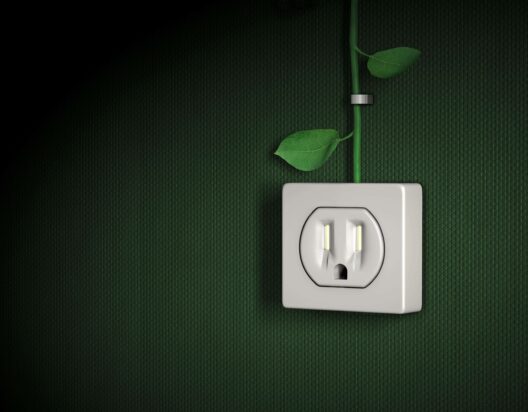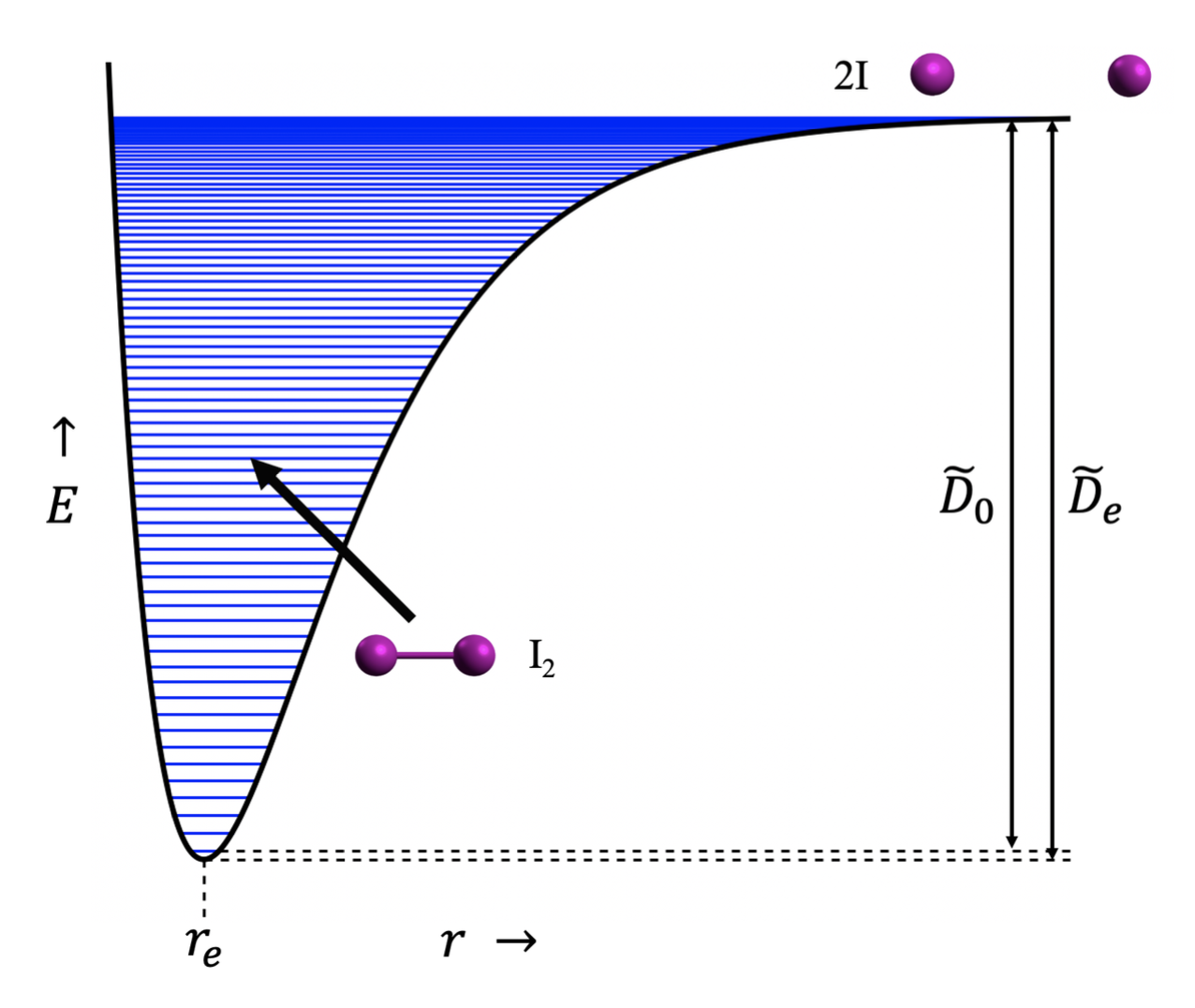The Law of Conservation of Energy stands as a pillar of physics, illuminating the cardinal truth that energy cannot be created or destroyed; it can only be transformed from one form to another. This principle resonates throughout the cosmos, akin to a grand symphony that plays through every facet of existence, binding together the threads of matter and motion. Understanding what this law implies invites us into a deeper appreciation of our world, its mechanics, and our impact upon it.
At its core, the Law of Conservation of Energy suggests a universe where balance reigns. Imagine energy as a flowing river, one that constantly shifts its shape and course but never diminishes. As this river winds through various terrains—be it the exuberance of a cascading waterfall or the serene stillness of a pond—it changes form. Here lies the crux of the law: while the manifestations of energy may vary, the total amount remains constant. This transformation is not confined to physical boundaries; it extends into the very fabric of our daily lives.
To grasp the implications of this law, consider the common instance of a candle flame. As wax burns, it metamorphoses into light and heat—two palpable expressions of energy. Furthermore, the ashes left behind signify the energy that has been dissipated but not lost. Each flicker of that candle illuminates the environment, a reminder that through transformation, energy plays multiple roles while adhering to its fundamental constancy.
Beyond individual examples, the law also defines larger systems—ecosystems, economies, and even social constructs. In natural contexts, energy transformation occurs in ecosystems where solar energy is converted into chemical energy through photosynthesis. Green plants act as the verdant intermediaries, channeling sunlight into the fabric of life itself. Herbivores consume these plants, extracting energy to sustain their biological functions, while carnivores prey on herbivores, continuing the cycle. This intricate dance of energy transfer showcases the interconnectedness of all living beings; at the heart of this interplay is the unyielding Law of Conservation of Energy.
As we traverse these connections, the implications of the law extend beyond mere observation. It serves as a clarion call for sustainability. In an age where human activity has led to substantial alterations in energy forms, understanding this law can guide us to more conscientious decisions. For instance, the conversion of fossil fuels to energy powers our cities but at significant environmental costs, releasing stored solar energy in brutal bursts that contribute to climate change. By acknowledging the energy balance, we can explore alternative forms—solar, wind, hydroelectric—that align more harmoniously with our environmental ethos.
Further, this principle is also reflected in technological advancements. Take, for example, the mechanism of a hydroelectric dam. Here, kinetic energy derived from flowing water is transformed into electrical energy, creating a symbiotic relationship between nature and humanity. This conversion facilitates the provision of essential services while respecting the river’s natural course. Thus, the dam becomes a microcosm of the Law of Conservation of Energy in action—energy flows, manifests, and contributes to society while adhering to its inevitable balance.
Moreover, the law reveals the potential for innovation in energy-efficient technologies. The development of electric vehicles (EVs) underscores this avenue of exploration. Unlike traditional internal combustion engines that waste significant energy through heat, EVs harness electrical energy more efficiently by converting it with minimal loss. They symbolize humanity’s endeavor to align practices with the law: optimizing energy use while minimizing environmental impact. Ultimately, these advancements herald a new era of energy conservation, one that hinges on the remarkable potential of transformations.
Yet, it is critical to emphasize that the Law of Conservation of Energy is not merely an abstract scientific principle. It compels us to reflect on our lifestyles and choices. For instance, consider the practice of recycling. When materials such as aluminum cans are repurposed, the energy embedded in those resources is conserved and reused, rather than extracted anew. Such practices highlight an essential understanding of the law: the benefits of conserving existing energy rather than depleting new sources.
In a broader context, the law implicates the global community. International dialogues regarding climate change often draw upon its tenets, illuminating the critical need for a sustainable approach toward energy consumption. Nations must navigate the delicate balance between economic growth and energy conservation, ensuring that development does not occur at the expense of ecological stability. This complexity mirrors the multifaceted nature of energy itself—always in motion, endlessly transforming, yet uniformly conserved.
As we delve further into the implications of the Law of Conservation of Energy, it becomes evident that it invites more than intellectual understanding; it fosters a profound responsibility. Our energy choices today shape the environment for future generations. The metaphor of the river once again surfaces, symbolizing both the flow of time and the need for stewardship. Just as we seek to protect the purity of a river’s waters, we must also safeguard the energy that sustains us, transforming it wisely and respectfully.
In conclusion, the Law of Conservation of Energy encompasses a realm of implications that resonate universally. Through myriad examples, from the ecological circles of life to the technological innovations shaping our world, it serves as a cornerstone for sustainability and ethical resource management. To embrace this law is to acknowledge our role within a larger system—to become conscientious stewards of the energy that fuels our lives, ensuring that the river of energy flows harmoniously for generations to come.






